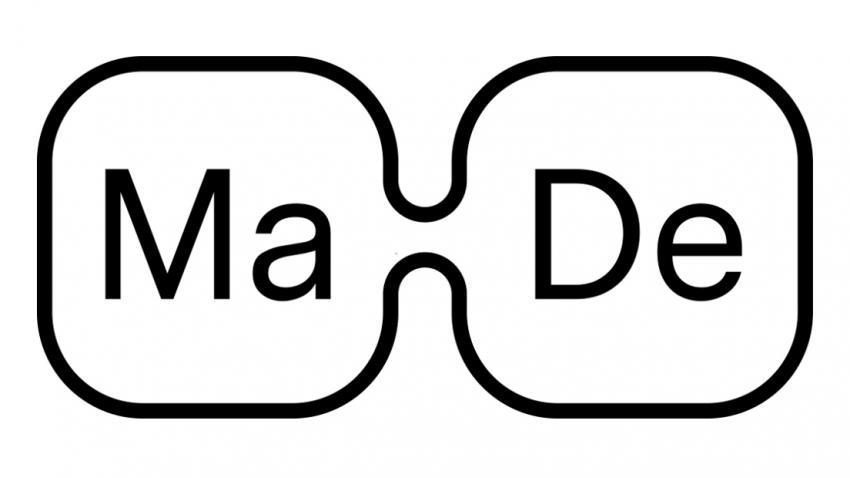There’s no such thing as trash
Haunted by images of plastic floating in our oceans? Upset by the tons of food we throw away? Feel there must be an alternative to spiralling consumption, pollution and vanishing resources? A new generation of Material Designers are coming up with some amazing solutions.
Rather than seeing waste as the end of the line, to be burned, abandoned or buried, these designers see it as the starting point for totally new materials. By making biodegradable, resilient and adaptable products out of everyday waste, Material Designers are set to play a key role in achieving the European Commission’s Green Deal priority of a sustainable, circular society that preserves biodiversity and minimises climate change.
Material designers are still rare. So, the Creative Europe MaDe (Material Designers, Boosting talent towards circular economies) project ran a series of workshops in 2019 to encourage selected design students and young established designers to think outside the box and develop projects for new materials using waste organic matter.
The results are a kaleidoscope of breath-taking ideas, showcased on the MaDe Instagram page (nearly 10,000 followers, and growing).
From the 120 designers who took part in the MaDe workshops (out of 1200 applications), 18 finalists have been selected to exhibit their work in design weeks in Barcelona, London and Milan.
At the end of 2020, an international jury will choose three winners to kick-start their careers as agents of change with 3-month internships in European partner industries.
Material designers are like connectors. They can bring new ideas on how to tackle a circular economy, which material scientists may not know how to do, and maybe biologists don’t know how to do. That’s why material designers are needed.
Dr Laura Clèries, Director of Elisava Research (Barcelona) and MaDe Project Lead.

Material designers project
Started: 1 November 2018 - Ended: 31 October 2020
Project Reference: 597290-CREA-1-2018-1-ES-CULT-COOP1
EU Grant: €200 000
Facts about the project
Break the mould
Every year in Europe about 44 million tonnes of fruit and vegetables are wasted, worth €72 billion.
Elena Albergati turns these into wrapping that can help stop foods going mouldy.
Merits of cabbage
About 300 000 tons of red cabbage are consumed in Germany every year.
Malu Lücking uses discarded leaves for intelligent packaging that shows when food has gone bad.
Chalk and Cheese
Millions of litres of surplus milk are wasted every year.
Tessa Silva has revived a 700-year-old technique of mixing it with chalk to make floor tiles.
Smells like chocolate
For every kilo of chocolate produced 10 kilos of cacao bean husks are discarded as waste.
Adriana Tamargo uses them to make a new packaging material that smells like chocolate.



